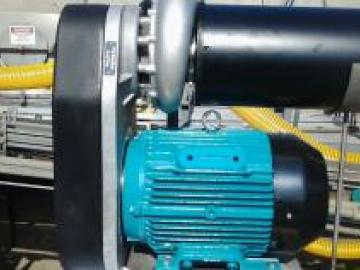Integrity Test Solutions for the Pharmaceutical Industry
Contamination such as humidity, oxygen or microbiological ingress can impact drug stability throughout the product life cycle. To prevent the risks of stability failure of highly moisture sensitive drugs (e.g. dry powder for inhalation), or the risk of biological ingress of parenteral drugs, highly sensitive integrity tests are required. Most test methods are very challenging in regards to time, effort, complexity or the limitation of sensitivity and detection range.



